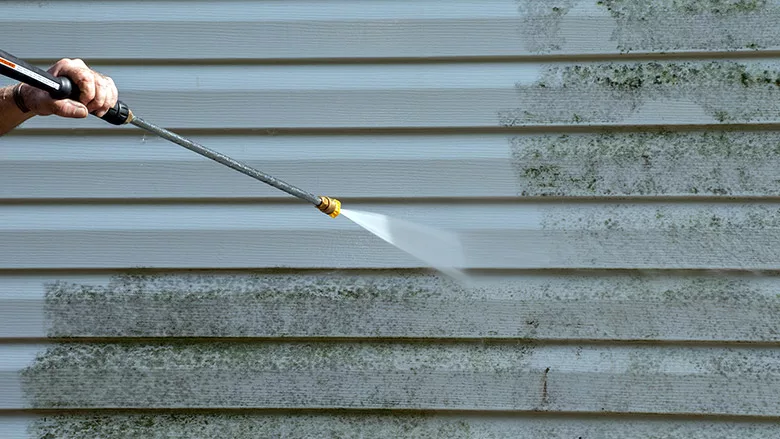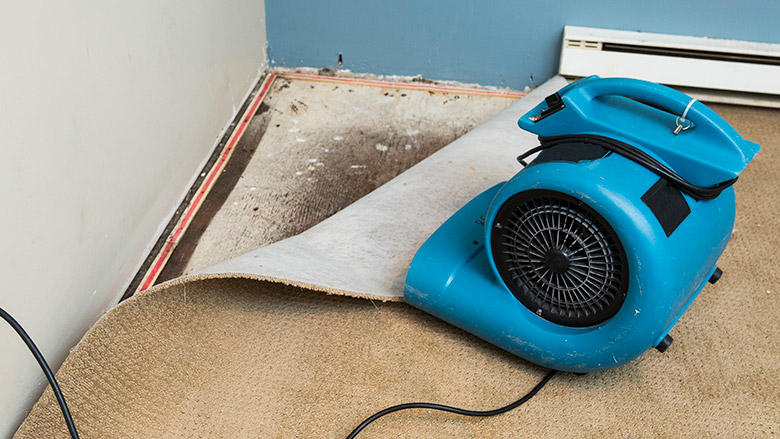There’s a Place for Cleaners in Mold Remediation
From The Experience: An Interview With Mold Professional Michael Pinto

Photo: Getty Images
Michael Pinto is a well-known professional in the restoration and remediation industry with over 45 years of experience. For thirty five of those years, Michael operated Wonder Makers Environmental with his wife Susan. During that time he earned the titles of Certified Safety Professional, Certified Mold Professional, four additional industry certifications, and numerous state accreditations for work with asbestos, lead, hazardous chemicals, radon, indoor air contaminants, and firefighting.
During the recently completed The Experience Conference and tradeshow in Chattanooga Michael offered an educational session to alert cleaning professionals to a growing opportunity to expand their business. This question-and-answer exchange captured the essence of that presentation.
Q:. You recently completed a very successful presentation at the Experience in Chattanooga dealing with the fascinating subject of Cleaning Structures For Mold Sensitized Clients; can you tell us what prompted that topic?
Michael: Mold remediation as a segment of the cleaning and restoration field has been in place for 25 years. Yet, many people in the cleaning industry see the work as an “all or nothing” proposition. Their mistaken belief is that if you are going to work in the mold remediation industry, you need to get all the air filtration devices, become an expert at setting up negative pressure enclosures, and have the workers in substantial personal protective equipment.
While all of that is true for contractors who are going to conduct the removal of visible mold growth, there are other components of mold remediation which do not get the same attention as the source removal aspect. Many projects also involve the cleaning of mold residue from contents, the HVAC system, and the entire structure.
The purpose of the presentation in Chattanooga was to let contractors who specialize in cleaning know that there is a market for them as sub-contractors in the mold remediation field. Unfortunately, many remediation contractors who do an excellent job safely removing mold-contaminated building components do not have the same level of expertise in conducting intensive, detailed cleaning. This is the role that can be filled by cleaning contractors without them having to jump full-bore into the mold remediation world.
Q: Why was this topic a fit for the Experience?
Michael: The Experience is the trade show that brings together both the restoration professionals and the cleaning specialists. Mold remediators and cleaning professionals of all stripes are already together at one conference, so, why not reach out and show them how they can be complementary sides of the same coin?
Q: As you previously mentioned, mold remediation has been a specific industry for 25 years; why is now the time right for such collaboration?
Michael: Quite bluntly, until a few years ago, the primary focus of the mold control inspectors and contractors was to isolate and remove the visible mold. Despite industry standards that discussed the identification and cleaning of settled spores in areas adjacent to the visible fungal growth, that part of the problem was pretty routinely ignored.
The impulse to disregard the mold residue that accumulates away from the site(s) of actual growth weakened when the reality of mold sensitized people began to be recognized. It is now clear that leaving mold residue in a structure after a remediation project, even diffuse contamination that was present before the removal of the sources started, can be dangerous for a significant portion of the population. That, in turn, has led clients and mold assessors to add content, HVAC, and structure cleaning to many project requirements.

Photo: Getty Images
Q: What sort of contractors should consider taking on mold residue cleaning?
Michael: Any company that has a process and a proven track record in conducting detailed cleaning should consider mold residue cleaning. These have, and can include organizations that currently are engaged in cleaning of:
- Health care facilities
- Infection control situations
- Crime scenes
- Home/school/office buildings
- Carpet and Upholstery
- HVAC equipment
- Windows
- Construction sites
Q: How much personal protective equipment (PPE) does a cleaning professional need to use when cleaning mold residue?
Michael: There is no single answer to that question, as each project and set of specifications needs to be evaluated carefully for the protection of any crew member. Still, the potential level of exposure to mold spores and mycotoxins is typically much lower when doing cleaning that does not involve the disturbance of mold colonies. That is because many mold types can produce a million or more microscopic spores per square inch of visible growth. Cleaning visible fungal material off surfaces, or removing the porous substrate with mold growth, often results in airborne spore concentrations of hundreds of thousands of spores per cubic meter of air in the immediate vicinity. That is why suits and respirators are necessary for mold remediation activities that disturb colonies.
Once the spores have been dispersed, the concentration in the settled dust is usually orders of magnitude lower. As a result, the PPE needed by the cleaning professionals can be much less. It is pretty common to have mold residue cleaning conducted in street clothes with rubber or nitrile gloves. Still, I typically specify that workers also use an N-95 filtering facepiece (like what was used for COVID protection), or better, when engaged in mold cleaning.
Q: Does a cleaning professional need any sort of specialized training to conduct mold residue cleaning?
Michael: That answer is going to vary depending on state requirements and contract provisions. States that license mold remediation professionals may require training and licensing, even to do residue cleaning. Other states define remediation as the disturbance/removal of visible mold; so no prerequisites would be necessary for whole-house cleaning as a part of a remediation project.
Regardless of requirements, if a company wanted to add this type of work to their business mix, some training to learn about it and identify the potential pitfalls makes sense. The NORMI Mold Remediation for Sensitized Individuals class not only explains the cleaning techniques, but guides the students in how to develop a network of resources. With a strong network, a cleaning company can gain leads, have partners to send clients to when they need additional services, and know who to turn to when they have questions. The next offering of that three-day class is coming up in mid-May 2024. Anyone interested in learning about the class, or registering, can reach out to the National Organization for Remediators and Microbial Inspectors at NORMI.org.
Looking for a reprint of this article?
From high-res PDFs to custom plaques, order your copy today!






